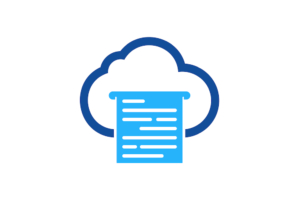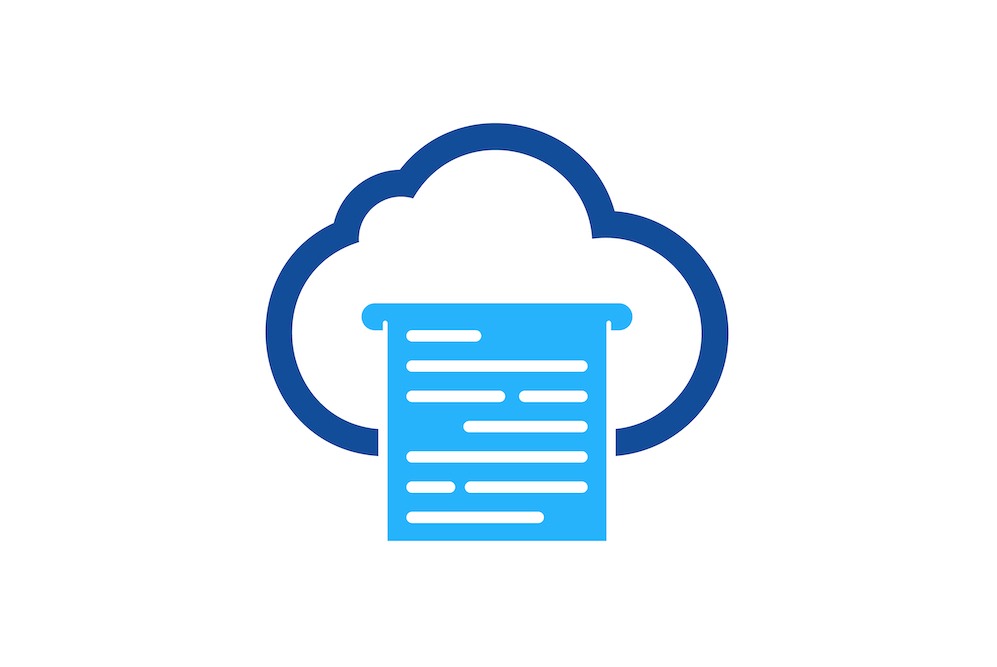Serverless printing is a game-changing technology that has revolutionized the way businesses handle their printing needs. This blog will explore the basics of serverless printing, its benefits and how it can transform the printing experience for businesses. Read on to learn more about the power of serverless printing and its potential to optimize workflows, reduce costs, and enhance productivity.
Serverless Printing vs Traditional Printing
Serverless printing is a modern printing approach that eliminates the need for traditional print servers. In a traditional printing setup, a print server acts as an intermediary between the user’s device (such as a computer or mobile device) and the printer. The print server manages print queues, printer drivers, and facilitates communication between devices and printers on the network.
In contrast, serverless printing leverages cloud-based technologies and eliminates the reliance on a dedicated print server. Instead, it allows direct communication between the user’s device and the printer through the cloud.
How Serverless Printing Works
- Cloud-Based Printing Infrastructure: Serverless printing uses cloud-based infrastructure to handle printing tasks. This infrastructure may include cloud print services provided by the printer manufacturer or third-party cloud printing platforms.
- Mobile and Web Printing: Users can send print jobs directly from their mobile devices (smartphones, tablets) or web browsers to the cloud print service without requiring any printer-specific drivers or configuration.
- Print Management via Cloud: The cloud print service manages print jobs, maintains print queues, and ensures that the appropriate printer receives the print request.
- Printer Compatibility: Serverless printing supports a wide range of printers, even those without built-in cloud connectivity. The cloud print service acts as an intermediary, enabling cloud-based communication for printers that do not have native cloud capabilities.
Benefits of Serverless Printing
 Simplicity: Serverless printing simplifies the setup process, as users don’t need to install printer drivers or configure print servers on their devices. It’s especially beneficial for mobile and BYOD (Bring Your Own Device) environments.
Simplicity: Serverless printing simplifies the setup process, as users don’t need to install printer drivers or configure print servers on their devices. It’s especially beneficial for mobile and BYOD (Bring Your Own Device) environments.- Device Independence: Since printing happens through the cloud, users can print from various devices and operating systems without compatibility issues.
- Scalability: Serverless printing can easily scale to accommodate a growing number of users and printers without the need to invest in additional print servers.
- Cost-Effectiveness: Without the need for dedicated print servers, organizations can save on hardware, maintenance, and energy costs.
- Enhanced Security: Serverless printing often comes with built-in security features, such as user authentication and encrypted communication channels, ensuring data privacy during the print process.
- Remote Printing: Users can send print jobs to remote printers from anywhere, making it convenient for distributed teams and individuals working from different locations.
While serverless printing offers many advantages, it may not be suitable for every organization, especially those with complex printing requirements or strict security regulations. As with any technology implementation, it’s essential to assess your organization’s needs and security considerations before adopting serverless printing solutions.
About United Business Systems
United Business Systems specializes in simplifying the complexity and management of office technology solutions for over 7,800 organizations nationwide. Services include Managed Print, Document Management and IT Services. Products include MFPs, Copiers, Printers and Wide Format Printers. UBS’s headquarters is in Fairfield, NJ with branch offices in Moorestown, NJ, Manasquan, NJ and New York.
For the latest industry trends and technology insights visit UBS’ main Blog page.

